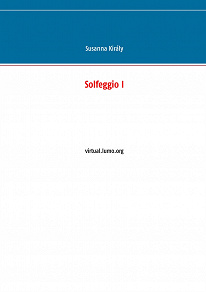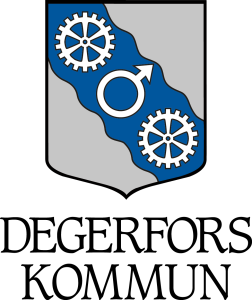
Isbn:
978-95-2339-725-5
Förlag: Books on Demand
Kategori:
Konst, musik, teater, film
Tillgänglig sedan: oktober 2017
Förlag: Books on Demand
Kategori:
Konst, musik, teater, film
Tillgänglig sedan: oktober 2017
E-bok
Solfeggio I: virtual.lumo.org
Many students find music theory and ear-training difficult.
During the 1990s, in connection with my licentiate thesis "Solfège in the Computer Classroom" (2000), I initiated a research project which focused on learning outcomes in middle-grade and higher-level classes, and started to develop a CAI method for teaching and learning music theory and ear-training.
In his essay in 1949, Zoltán Kodály drafted his ideas very clearly on the importance of music. A következo lépés [The next step] is "… to introduce people to the secrets of the many parts of music, to pave the way towards the monumental works of world literature. To move away from the narrow limits of unison to music of two or more parts which in its restrictions holds more freedom. This is the way of democracy in music! --- Unison song with a simple instrumental accompaniment also develops some passive and obscure, almost subconscious, sense of harmony. But our ear can only completely receive the polyphonic music if we learn to sing one part without instrumental accompaniment so that we can concentrate on the other parts. In this way we can seek to understand that type of music, where the parts are not living by themselves alone, but by helping and complementing each other, they create a unit of a higher level. This ability develops slowly, but practicing it is not boring, in fact it is delightful, since this journey leads towards the great masterpieces through more and more beautiful music. (Kodály 1975 [1949]: 253 Translated: Kirsti Fekete.)
Logga in för att låna
Information
Stöds av följande plattformar
PC/Mac
Surfplatta Läsplatta
Smartphone
